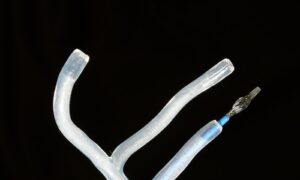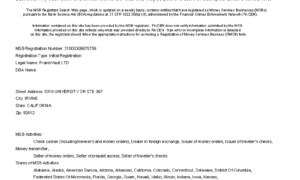It’s common for car owners to experience difficulty starting their car at some point. When this happens, it’s important to determine if the problem is with the battery or the starter since being able to differentiate between the two can help you avoid unnecessary expenses. This article will provide guidelines on how to identify whether it’s the battery or the starter causing the issue.
Please check the starter of your car as it is responsible for cranking the engine. If it is malfunctioning, your engine may not start. Look for various signs that may indicate a problem with the starter.
Clicking Sound: If you turn the key and hear a clicking sound without the engine starting, it could be a sign of a bad starter. Specifically, if you hear a rapid clicking noise, it means the starter solenoid is working but the motor is not engaging, likely due to worn-out internal components.
If you hear a grinding noise when starting your engine, it may be a sign that your starter is not working properly. This happens when the starter motor’s gear fails to connect correctly with the engine’s flywheel. If you ignore this problem, it can cause damage to the flywheel and other parts of the engine.
Slow or No Start: If your car has difficulty starting or doesn’t start at all when you turn the key, it could mean that your starter is failing. A slow start happens when the starter struggles to turn the engine, while a no-start occurs when the starter doesn’t engage at all. Nonetheless, you should also check the battery since a weak battery can cause similar issues. A skilled mechanic must inspect your vehicle in order to identify the underlying cause of the problem and determine whether starter replacement is necessary.
Check the battery: To resolve car starting problems, please check the condition of the battery. A weak or completely discharged battery can result in insufficient power to the starter, leading to difficulties in cranking the engine. If you notice any of the following signs, it could indicate a battery issue.
- If you’re turning the key and the engine is cranking slowly, the cause is probably a weak battery. The starter needs a certain voltage level to operate correctly, and a low battery voltage can limit its performance.
- No Cranking: If you try to start the engine by turning the key but nothing happens, it could mean that the battery is completely drained. Typically, this occurs when the battery is dead or doesn’t have enough charge to activate the starter.
- If your car’s battery has a low voltage, it can result in various electrical malfunctions. These malfunctions may include dim lights, a weak horn, or flickering dashboard lights. In case you see these issues, along with a starting problem, there is a high chance that the battery is causing the problem.
Inspect the battery cables: To avoid starting problems, check the battery cables for faults. Loose connections or corrosion can interrupt the power flow from the battery to the starter. Follow these steps to inspect the cables.
- Visual Inspection: Please examine the battery cables for any indicators of harm, such as unraveling, rust, or disconnected links. Make sure the connections are firmly attached to the battery terminals.
- Clean Corrosion: It is important to clean the corroded battery terminals or cable ends once you observe them. Firstly, disconnect the cables, then use a wire brush or battery terminal cleaner to clear off the corrosion, and subsequently reconnect the cables firmly.
- Test Cable Resistance: To check if the battery cables are functioning properly, you can use a multimeter. To check the cables, first, select the resistance or ohms setting on the multimeter. Then, place the probes on the cable ends. If the multimeter displays a high resistance reading, it indicates an issue with the cables and they may require replacement.
Check the ignition switch: To determine if there are issues with starting your vehicle, it’s important to check the ignition switch. This switch is responsible for transferring electrical power from the battery to the starter motor. If it malfunctions, your car may have trouble starting. Follow these steps to check if the ignition switch is causing the problem.
- Different Key Positions: Attempt to turn the engine on using various positions of the ignition key such as key-on, run, and start. If the engine successfully starts in some positions but not in others, this indicates a possible issue with the ignition switch.
- Electrical Testing: Performing electrical tests on the ignition switch can be done with a multimeter, but it may be best to leave this task to a professional mechanic as it requires advanced knowledge.
Get a professional diagnosis: If you have tested the methods mentioned above and are still uncertain whether the problem is caused by the car battery or the car starter, it is highly recommended to take your car to a qualified and expert mechanic. A professional diagnosis can accurately identify the root cause of the starting issue. They possess the necessary skills and tools to conduct thorough tests.
To sum up, having trouble starting your car can be aggravating and disrupt your daily plans. But if you can tell whether it’s a battery or starter issue, you can avoid unnecessary expenses. Start with simple solutions like inspecting battery connections and checking the starter. If the problem persists, it’s best to seek help from a skilled mechanic for a proper diagnosis and repair. We hope this article was helpful and enables you to swiftly get your car running again!



























